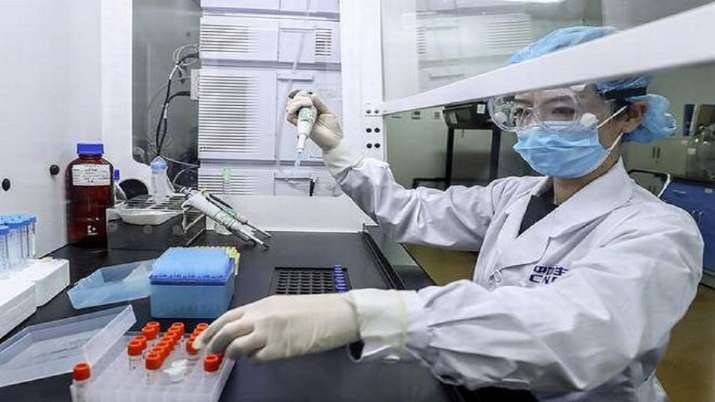
Chinese researchers removed key COVID gene data from NIH database.
A Seattle-based virologist claimed that the US National Institutes of Health has removed the gene sequences of early COVID-19 cases from a leading scientific database at the request of Chinese researchers.
Jesse Bloom, a virologist at the Fred Hutchinson Cancer Research Center in Seattle, described the deletion of sequencing data in a new paper posted online on BioRxiv on Tuesday.
The paper, which has not been peer reviewed, flags concerns that the lack of key gene sequences could dent current investigations by scientists into the origins of the pandemic.
The paper claims that Chinese researchers took virus samples from some early COVID patients in Wuhan in January and February 2020, then posted the viral sequences to a widely used US database. An editorial in the journal Science reported on Wednesday that the genetic information had been removed to “obscure their existence” after three months.
“Here I identify a data set containing the SARS-CoV-2 sequence from the start of the Wuhan epidemic that has been deleted from the NIH’s sequence,” Bloom posted on BioRxiv.
“I retrieve deleted files from Google Cloud, and reconstruct partial sequences of 13 early pandemic viruses. Phylogenetic analysis of these sequences in the context of carefully annotated existing data suggests that Huanan Seafood Market sequences The joint WHO-China report does not fully represent the virus in Wuhan at the start of the pandemic.
“Instead, the ancestor of the known SARS-CoV-2 sequences contained three mutations relative to the market virus, which made it similar to the bat coronavirus relatives of SARS-CoV-2,” Bloom wrote.
Meanwhile, the US NIH has confirmed that it had removed the sequences after receiving a request from a Chinese researcher who submitted them three months ago, the Wall Street Journal reported on Wednesday.
“Submitting investigators retain rights to their data and may request the data to be withdrawn,” the NIH said in a statement.
“The scientist indicated that the sequence information had been updated, was being deposited in another database, and wanted to remove the data from the SRA to avoid version control issues,” the NIH said.
Bloom said he began his research into the origins of the pandemic after a team led by the World Health Organization submitted its report in early March this year. This was heavily criticized by many scientists, who considered it “extremely improbable” that SARS-CoV-2 escaped from a laboratory.
Bloom’s discovery led him to a study that cataloged all SARS-CoV-2 sequences submitted before March 31, 2020, to the Sequence Read Archive (SRA)—a division of the NIH, National There is a database under the supervision of the Center for Biotechnology Information. But when they checked the SRA for one of the listed projects, they could not find its sequence, the Science report said.
Further research led him to another study by Ming Wang from Renmin Hospital, Wuhan University, China, which was published in the journal Small. While the paper lists some of the early Covid patients from Wuhan and specific mutations in their viruses, it does not give complete sequence data.
Additional Internet searches led Bloom to discover that SRA backs up its information in Google’s cloud platform, and a search there turned up files containing some of Wang’s team’s older data submissions.
The paper in Small makes no mention of any improvements to the viral sequences that might explain why they were removed from the SRA, leading Bloom to conclude in his pre-print that “the trusted constructs of science were misused.” which has been misused to obscure sequences relevant to the initial spread of SARS-CoV-2 in Wuhan”, the report said.
.